Tel:0512-66958483
Email:engforlife-mkt@www.efl-tech.com

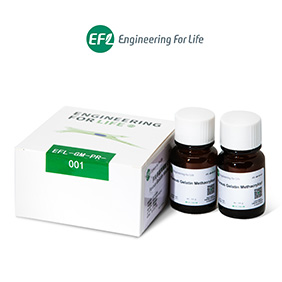
Porous Gelatin Methacryloyl(Porous GelMA);EFL-GM-PR-001/002
The kit includes porous gelatin methacryloyl with the mixing photoinitiator LAP.
All products in the porous GelMA range can be used in cell culture, biological 3D printing, tissue engineering, etc.
This product is for research use only and can not be used in humans.
Salesperson:Panpan Wang(EFL)
Phone:15335258233
Email:engforlife-mkt@efl-tech.com
Foreign distributor:ANR Technologies Pte Ltd
Gelatin Methacryloyl (GelMA) has excellent biocompatibility and can be cured through visible light. It is widely used in cell 3D culture, tissue engineering, biological 3D printing and other research areas. There are tens of thousands of academic papers that have used GelMA hydrogel. Although the hydrogel also has its own pore structure inside, its pores are too small, which make the poor transport of nutrients and the poor discharge of cellular waste during the cell 3D culture and biological 3D printing. Dense pores prevent better cell functionalization.
In order to further improve the efficiency of material exchange between the cells inside the hydrogel and the external environment as well as to provide more space for cell growth and proliferation. The EFL team successfully developed highly porous GelMA hydrogels (EFL-GM-PR-001/002). In order to obtain the pore structure of tens or even hundreds of microns, the conventional method is the emulsion method, which has the disadvantages of poor stability and complex operation. The application method of the EFL-GM-PR series is no different from that of conventional GelMA materials, and only requires light curing after dissolution to easily obtain hydrogels with pore structures of hundreds of microns. The hydrogel provides efficient material exchange channels for cells, and also provides space for cell proliferation and growth, and can significantly improve cell proliferation activity.

The photoinitiator LAP mixed with the material. When preparing 6% w/v gel solutions, the concentration of LAP in the solution is 0.25% w/v.
Cell culture, biological 3D printing, tissue engineering, etc.
Dry kit: 4℃, 3 months; -20℃, 18 months.(Material properties are special, it is recommended to store -20℃)
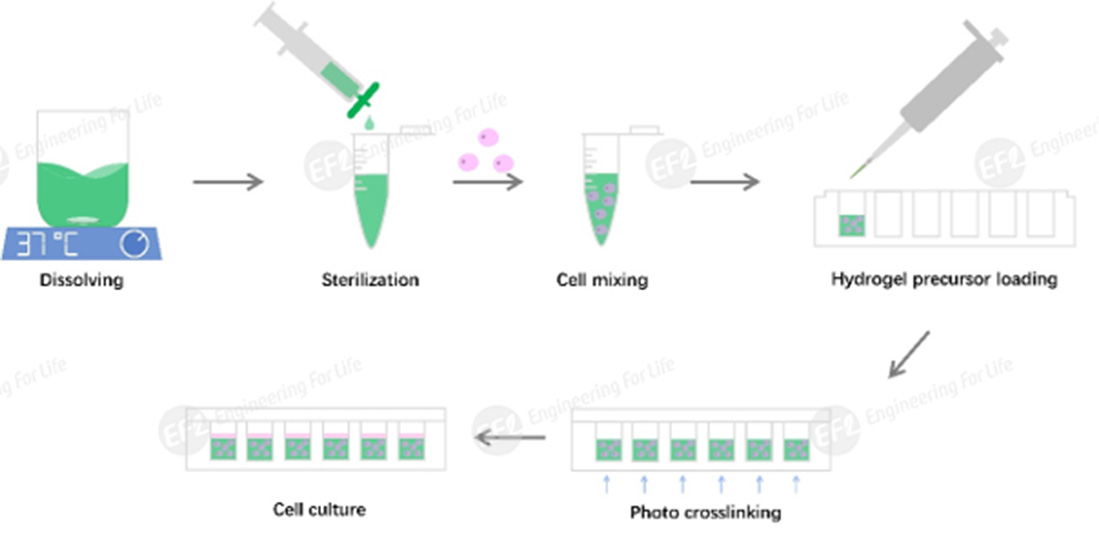
Fig 1. A brief protocol of porous GelMA hydrogel for cell culture
The hydrogels prepared by the EFL-GM-PR series have a pore structure of several microns to several hundred microns to adapt to different application requirements. Generally, pore structure of more than 50 microns is required for three-dimensional cell culture. Large pore structure can provide efficient material exchange channels for cells, and also provide space for cell proliferation and growth, which can significantly improve cell proliferation activity.
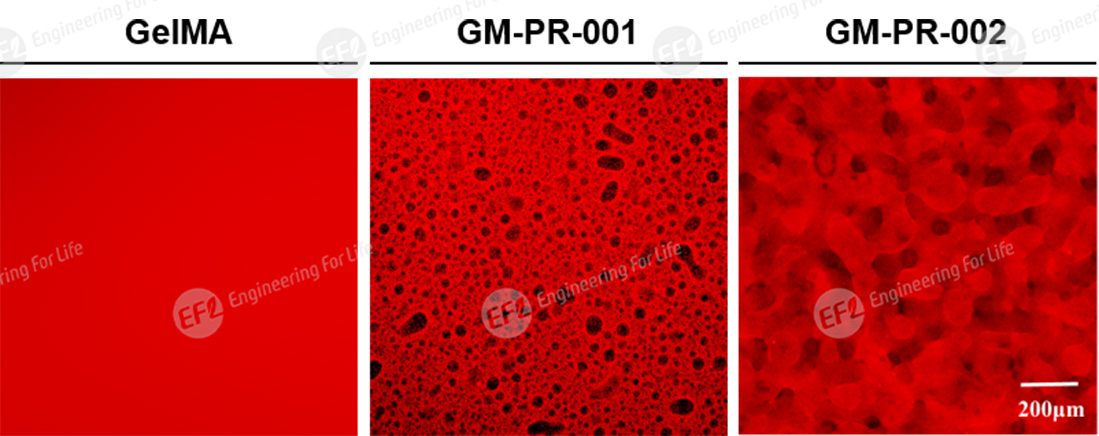
Fig 2. Microstructure of porous GelMA hydrogel
EFL-GM-PR series porous hydrogels have excellent performance in cell culture, and the advantages of porous GelMA hydrogels can be clearly seen through comparison with GelMA non-porous hydrogels. The cell proliferation rate of porous GelMA hydrogels of both formulations is higher than that of GelMA non-porous hydrogels, and several times the cell number difference appears on the 7th day of culture. (Fig 3)
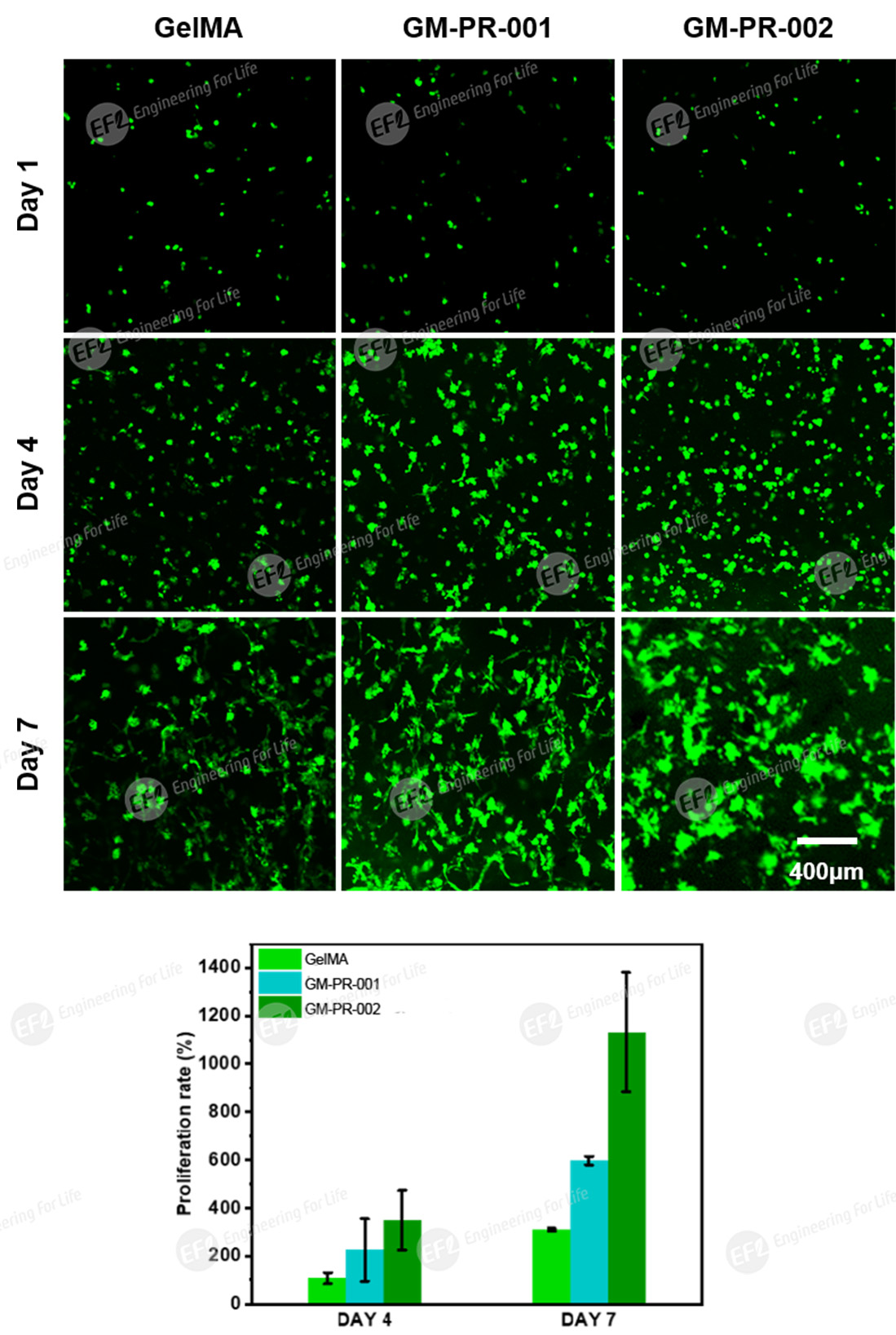
Fig 3. Fluorescence photographs and quantitative analysis of cell proliferation in different GelMA hydrogel
The porous GelMA hydrogel also performs well in cell culture on the surface of the hydrogel. Through the pore structure, the cells inoculated on the surface showed a tendency to migrate to the interior of the gel, and the migration depth of the cells reached about 540μm on day 9. (Fig 4)
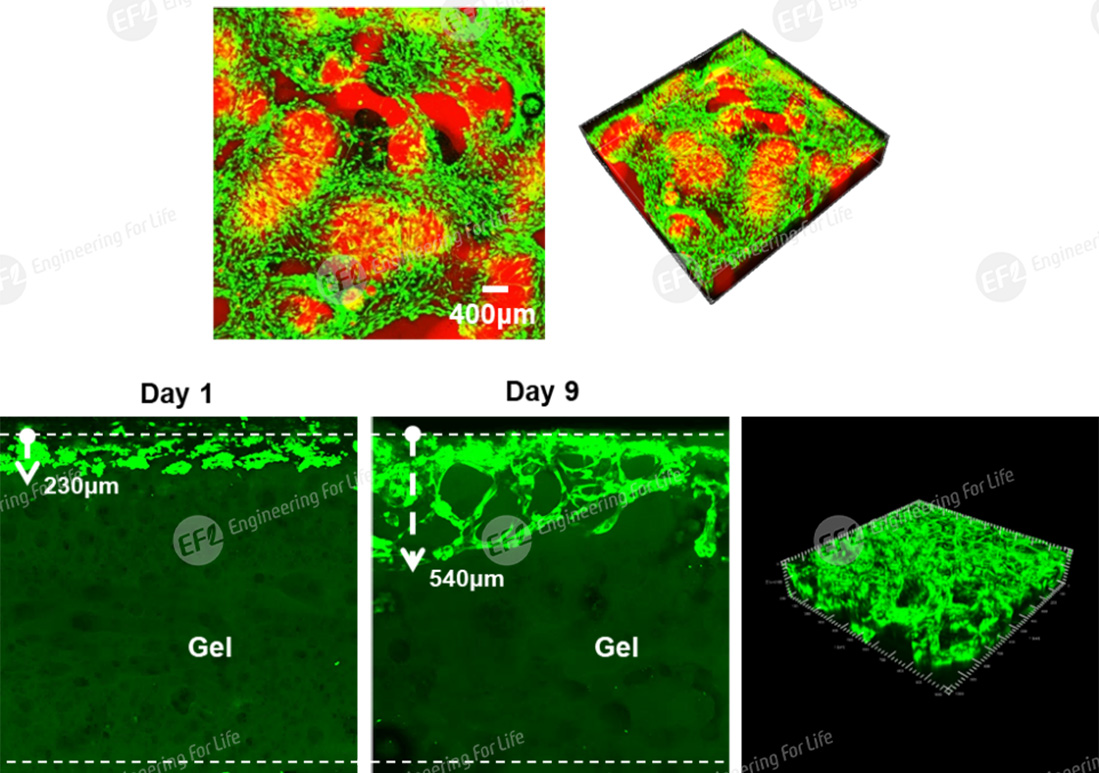
Fig 4. Cell culture on the surface of porous GelMA hydrogel (green is cells, red is fluorescently labelled colloids)
The specific surface area of porous hydrogels is much larger than that of non-porous hydrogels. Therefore, porous hydrogels usually degrade faster than non-porous hydrogels under the same matrix gel strength. In order to be able to sustain cell culture for a long time, the EFL team has optimized the formulation to achieve excellent cell proliferation performance while giving the porous hydrogel good stability. Compared with GelMA non-porous hydrogels, GelMA porous hydrogels have better performance in cell proliferation and gel stability. (Fig 5)
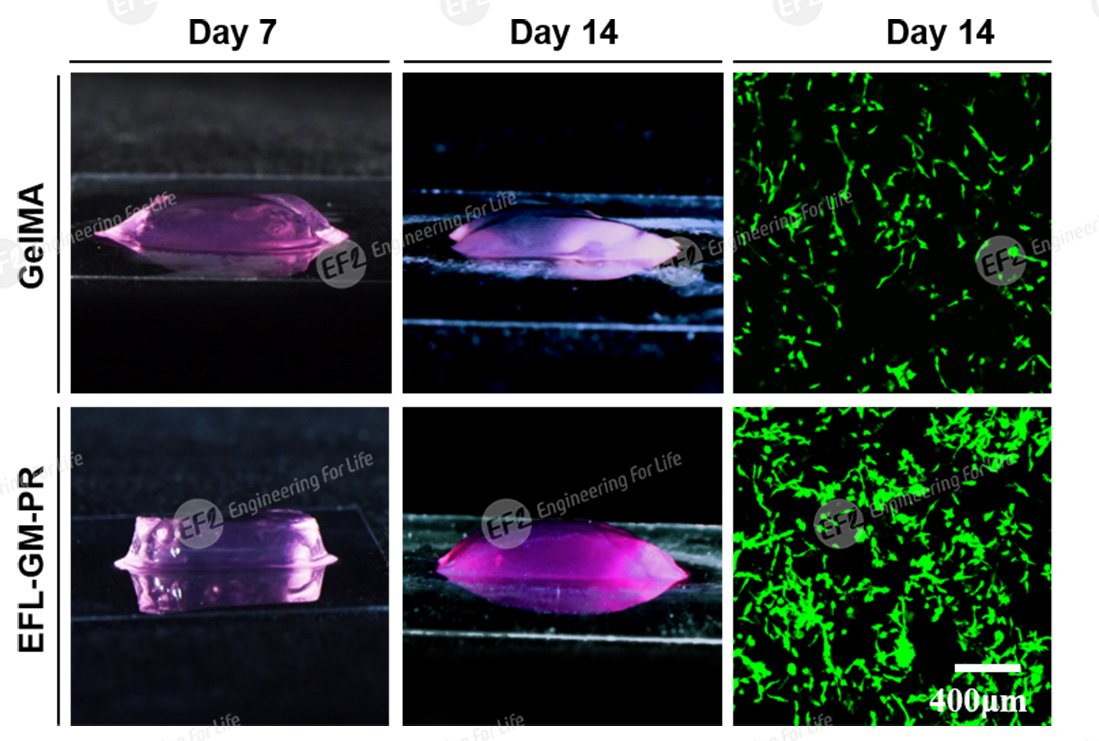
Fig 5. Digital photos and cell fluorescence photos of the stability test of porous GelMA hydrogel culture
【EFL-GM-PR series】-Porous Gelatin Methacryloyl